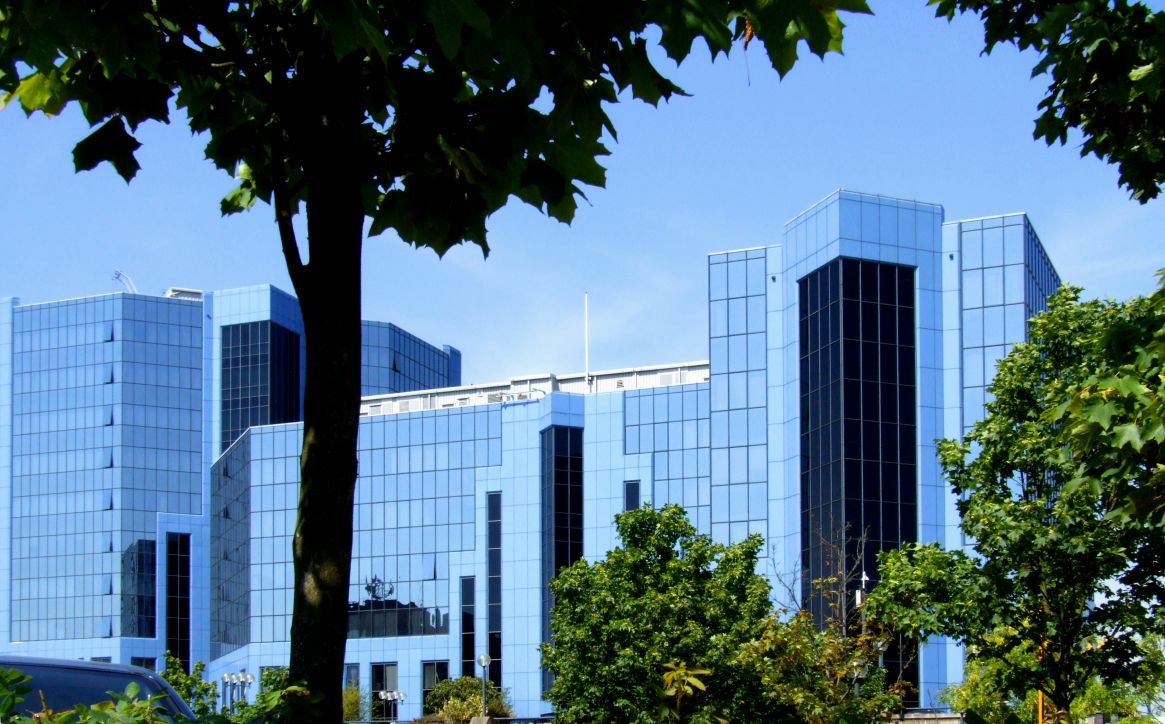The Making of the New Town
|
|
| (© Courtesy of Home & Communities Agency) |
The pressing need for regeneration of industrially-ravaged east Shropshire was recognised soon after the Second World War. As early as 1952 Dawley, which lay at the centre of that landscape, sought to reclaim 30 acres of old pit mounds for new housing, but lacked the resources to effect the project. Three years later an article by the local resident and Wellington Journal correspondent AW Bowdler addressed the post-war problem of Birmingham’s slum-ridden and overcrowded reputation with the equally pressing need for renewal in east Shropshire. The idea that ‘overspill’ residents from the West Midlands should be invited to relocate to a newly regenerated east Shropshire began to be taken seriously and the leader of Dawley Urban District Council, George Chetwood, wrote to the Lord Mayor of Birmingham. Serious discussions followed, culminating in the government of the day officially designating Dawley as a site for a New Town in January 1963
The new town was planned by the Development Corporation which was given wide-ranging powers. The prospect of wholesale development aroused optimism, but also profound anxieties. Local residents often witnessed some sound properties as well as slums being demolished and even whole communities such as Dark Lane and Hinksay in Dawley parish being extinguished. Many residents and businesses regarded their compensation as satisfactory, but others remain bitter to this day about the form the development took, the erasing of the intimacy, character and culture of so many old established communities.
In 1968 the government enlarged the remit of the new town to include Wellington and Oakengates to the north, with a projected overall population of 150,000. The new town also acquired a new name that of Telford in honour of the famous engineer Thomas Telford.
In the succeeding years Telford has continued to grow, endeavouring to manage the process begun in the early 1960s of integrating an entirely new settlement designed for the future - with its entire accompanying infrastructure - onto the many old communities which had grown up over centuries. A new town brings many benefits, but equally communities such as Dawley within that new town structure continue to derive much of their identity from the richness of their own historical traditions, the generations of families that have lived there and the deepening loyalty to the place by those who were invited in to make it their home.


